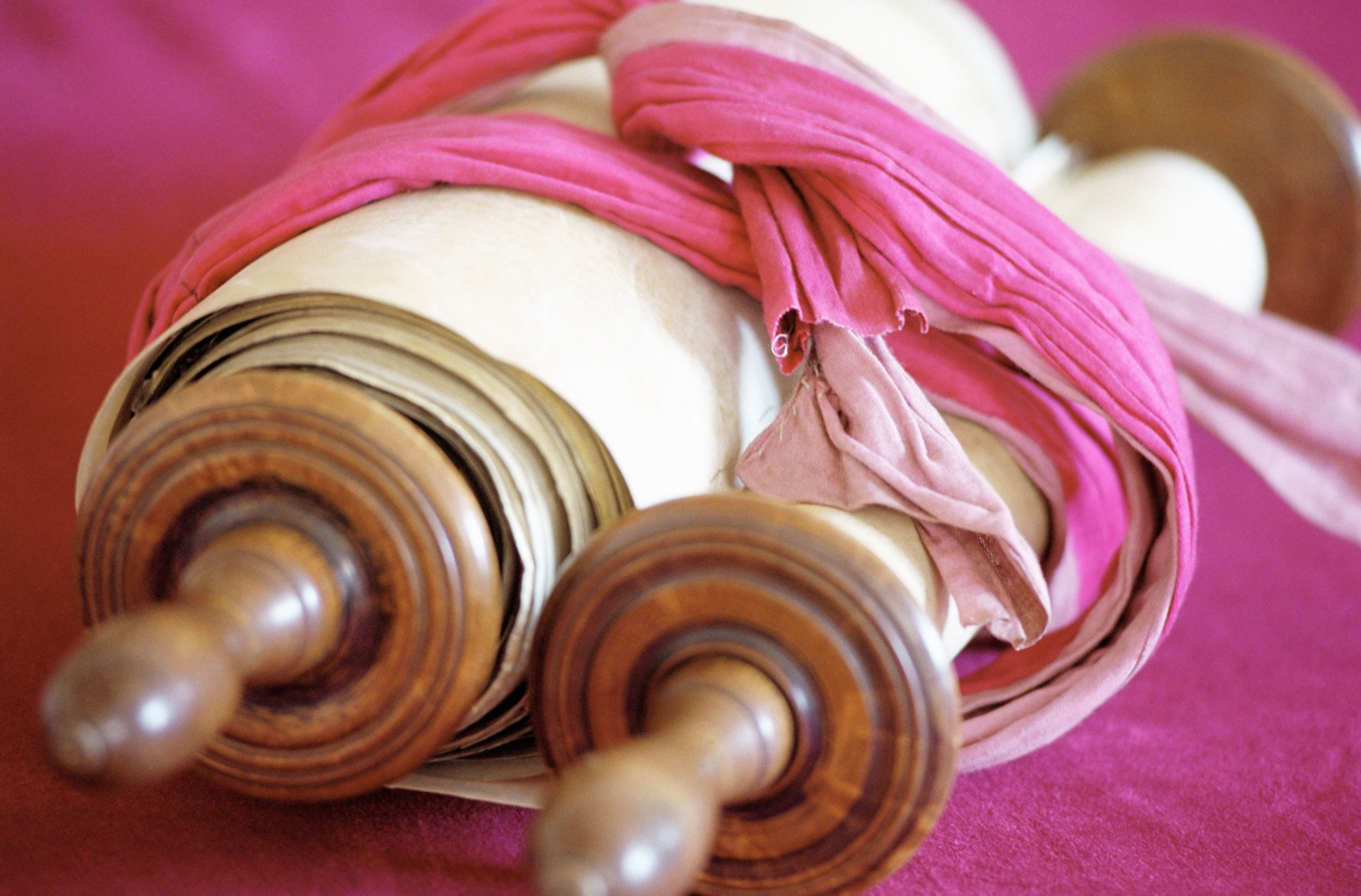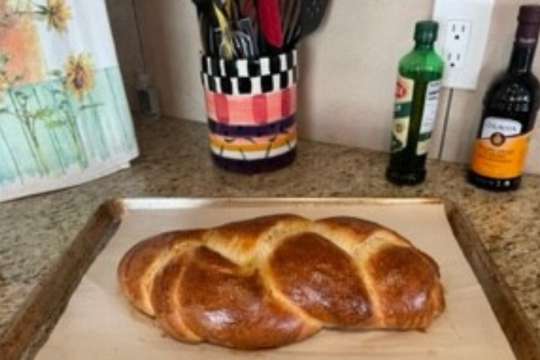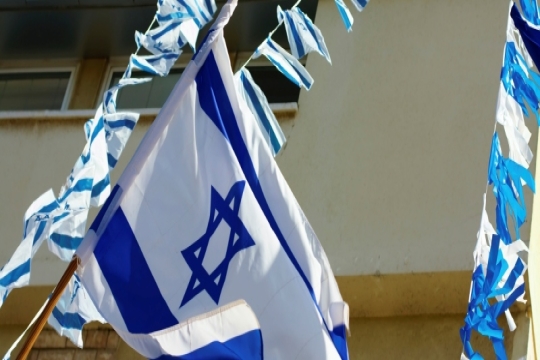
Parashah Tzav is predominantly about ritual. It continues the enumeration of the detailed requirements related to sacrifices and concludes with the consecration of Aaron and his sons as priests. The rituals proscribed include the nature of various types of offerings made by the community (reparation, thanksgiving, well being, and free will, among others), and who may partake of each specific offering (only the priests? The community?). There are detailed instructions to the priests, who are to keep the fire on the altar burning perpetually. The proscriptions even include what they are to wear to perform specific duties associated with the rituals. The specifics relating to the ordination of Aaron and his sons are equally detailed, including material and behavior.
We know that every word in the Torah is there for a reason; there are no superfluous verses. So what do we learn from detailed instructions for these ancient rituals? As Nancy Fuchs Kreimer reminds us in The Torah, a Women’s Commentary, after the destruction of Jerusalem’s Temple, the sacrificial system was replaced by maintaining sacrifices in new forms. These new forms still included a complex system of laws and rituals around preparing and eating food. And we know, too, from other rituals performed both communally and privately that detail and ritual remain important. Why?
Rabbi Abraham Joshua Heschel said it succinctly: “G-d is in the details.” What we read in Parashah Tzav are not mere instructions. These details relating to the practice of Judaism, as adapted to Judaism today, connect us to G-d and each other. Why is it that if I walk into a synagogue wherever I am on Shabbat, I experience a sense of familiarity? It’s because I know certain prayers are recited and chanted, and particular rituals associated with the reading of the Torah, and that wherever I am, I will be reading the same Torah portion as I would at home. The detailed rituals of our communal worship transcend geography.
Also, as Rabbi Gerald Kane teaches, the reminders inherent in detailed instructions keep us focused on the present and cites as an example the extensive ritual involved in preparing for Passover and conducting the Seder. Rabbi Kane says, “as we rid ourselves of the chametz of old habits, we are being given a chance to begin anew – to pay closer attention to the details in our lives. With kavanah, we put ourselves into a more attentive mindset that enables us to better perform the mitzvot. With a clearer focus and a stronger desire to fulfill the mitzvot, we can ensure that our own fires will not go out.” These ancient rituals do indeed have much to teach us in the here and now.
Among the philosophical underpinnings of Reform Judaism is the introduction of innovation while preserving tradition. Rabbi Eric Yoffie writes in the foreword to The Sacred Table, creating a Jewish Food Ethic, that “Since the mid-1950s, North America Reform Jewry has been undergoing a process of ‘re-ritualization.’ Reform Jews, led by their rabbis, have begun to embrace rituals and traditions that were once discarded as obsolete. …there has been a growing awareness that the realms of ritual and ethics are intimately intertwined….” How might we think about our modern-day rituals of food acquisition, preparation, and consumption and make them holy? Several years ago, following the death of a beloved uncle, I decided that I would incorporate kashrut into my personal food consumption choices. He and I spoke every Shabbat, and our conversations often centered around what was happening in the Jewish community. I found that incorporating Judaism into my daily acts of physical sustenance added an element of spirituality to my life.
It can be easy to get caught up in our frantic day-to-day lives and think about our Jewish rituals and practices as mere details. By putting G-d in the details, though, perhaps we can approach seemingly mundane acts of daily living as reminders that we are in a covenant with the divine and that there is holiness in everything we do. There is no limit to the ways we can embrace this. As Rabbi Dianne Cohler-Esses notes, in Parashah Tzav, the Israelites expressed gratitude by bringing a tangible offering to the Temple as an integral part of their spiritual lives. Today, we can do that by intentionally taking time each day to reflect on the blessings in our lives and enjoy feelings of gratitude. We can do this in the privacy of our homes and congregations or other communal settings.
An example is the shehecheyanu prayer, which is typically said at the beginning of an auspicious occasion. I used to participate in marathons as a hobby. Early on, I adopted the personal ritual of praying Shehecheyanu at the precise moment that I crossed the starting line to express gratitude that my body worked, and after months of training, I reached that important milestone. And I always get a little teary when at a b’nei mitzvah or wedding, the assembled guests join the family in this communal prayer of thanksgiving.
The details of our ancient rituals, which applied to everyone, also remind us that we are part of a community. In Parashah Tzav, we learn the required detail of the rituals to anoint Aaron and his sons as priests. While our leadership rituals today are certainly different from ancient days, we do still engage in rituals to install new leaders in our communities. We ordain new clergy upon completion of their studies. In congregations, we may celebrate their roles with installation ceremonies. We elect new lay leaders in our congregations and organizations and install them with rituals, ceremonies, and blessings. As in ancient days, doing so is a way to remind them that with the honor of their position comes responsibility for the community they are privileged to serve. Rabbi Devora E Weisberg teaches that Parashah Tzav reminds us that religious leaders are called upon to assume ongoing and sometimes difficult responsibilities. For example, the requirement that the fire of the altar be maintained by the priests at all times suggests that our leaders are always “on call.” This applies to lay leaders as well. As our ancient priests relied on the offerings of members of the community for their sustenance, we know today too that no one of us can carry the community on our own. It takes everyone – clergy, lay leaders, and indeed all members of the community, to sustain the community.
This Shabbat, let’s consider all the ways we can find holiness in the details and rituals of our lives, both in our communal gatherings and in our individual spaces. The possibilities are infinite. Parashah Tzav reminds us to consider them.
Shabbat Shalom.
Shelley Niceley Groff (she/her) serves on the WRJ Executive Committee. She is the co-chair of WRJ’s Strategic Planning efforts and the WRJ DEI Steering Group.
Related Posts

Continuing to Educate and Empower People Together

My Challah-Making Experience

